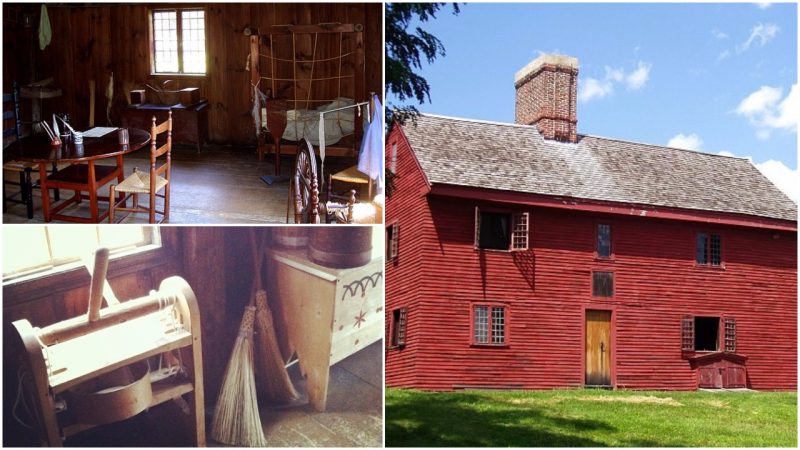Rebecca Nurse, an invalid grandmother, was arrested for witchcraft on March 23, 1692, despite the passionate public outcry in her defense. Rebecca was 71 years old, one of the oldest victims of the witch trial. During her trial, Rebecca, known for her piety, insisted that she was not guilty, speaking the memorable words, “I am as innocent as the child unborn…” Nonetheless, Rebecca was found guilty and hanged on July 19, 1692.
Rebecca’s story echoes in the preserved colonial house called the Rebecca Nurse Homestead, on Pine Street in Danvers, Massachusetts. A large monument has been raised over Rebecca’s remains.
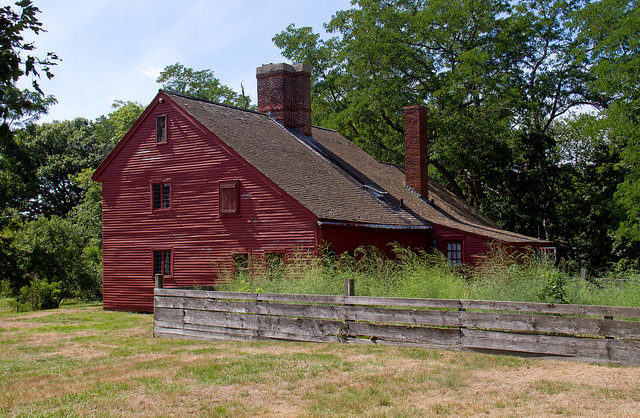
Rebecca Towne Nurse was born on February 21, 1621, in Great Yarmouth, England. Her family emigrated to America and the Massachusetts Bay Colony because of their Puritan beliefs. Around 1644, she married Francis Nurse, and together they had eight children. Their house is believed to have been built on the same grounds as the present homestead, which was constructed in 1700, after Rebecca’s death.
Francis was a “tray maker” and an artisan who made valued wooden objects and household items. It took the course of his life to pay off the cost of the house his family lived in.
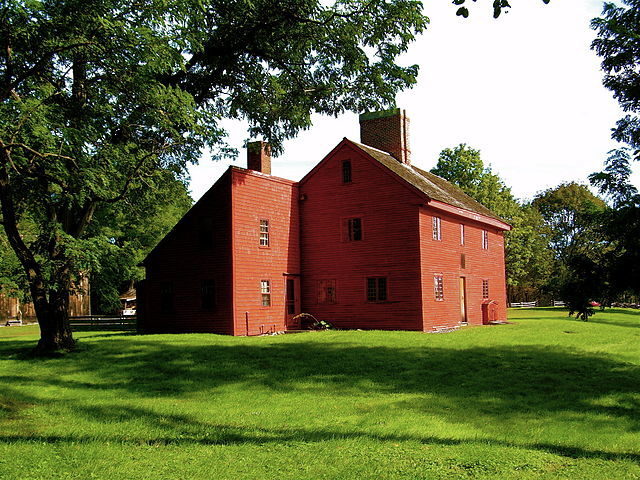
It is now believed that Rebecca was charged with witchcraft because her family was involved in disputes over land with the Putnam family. She was accused by young Ann Putnam, who broke into fits and howled that Rebecca was tormenting her. There was no other evidence at the trial.
Rebecca Nurse represented herself because she was not allowed an attorney, and being partially deaf, could not hear some of the questions. Twenty people were executed in the Salem Witch trials, 14 of them women.
In 1706, 14 years after her execution, Ann Putnam publically apologized for accusing Rebecca Nurse. The government attempted to compensate the Nurse family for her wrongful death.
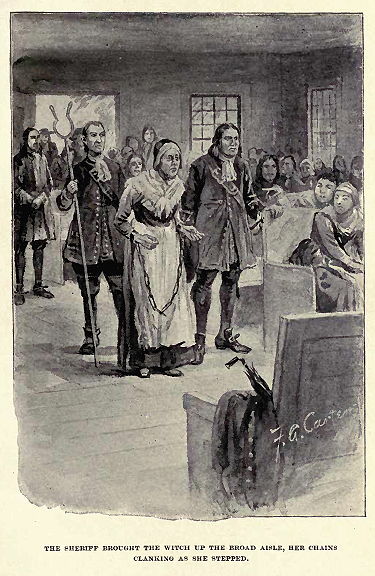
After Rebecca Nurse had been hanged, according to custom her corpse was considered unfit for a Christian burial. She was buried in a grave along with others who had been convicted. Nurse’s family secretly dug up her body and buried her properly on their family homestead. Her descendants erected a granite memorial over her remains, and today it is known as the Rebecca Nurse Homestead Cemetery.
Her descendants lived in the house built in 1700. Her great-grandson Francis Nurse lived there, marching from his home as part of the town’s militia to fight the British at the Battle of Lexington and Concord.
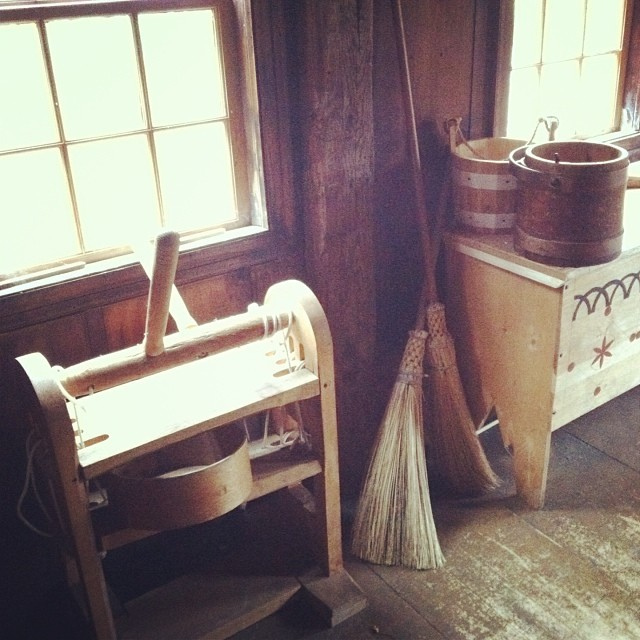
The earlier house on the same site, dating from the 1630s, was built for Townsend Bishop and taken over by the Nurses. The house has a central entrance and a two-story First Period structure.
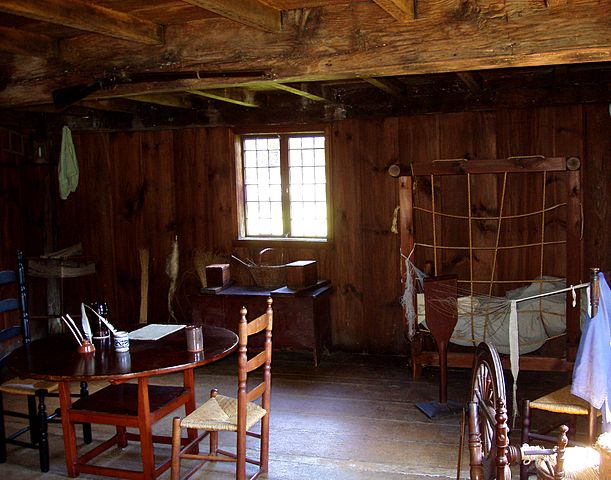
The first kitchen in the house was added around 1720 and was then extended in 1850 and reconstructed in the 1900s. Today, the house consists of four rooms, two on the ground floor and two rooms above. There is a central chimney, and behind the older structure stands the lean-to kitchen, which also has a chimney. The Rebecca Nurse Homestead house has undergone extensive restoration, but the walls, flooring, and beams are still original, whereas the two older rooms and the lean-to are augmented with period furnishings.
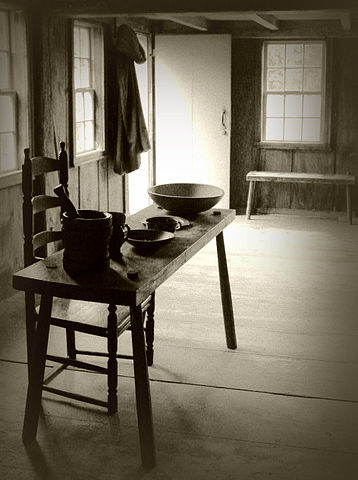
Another outbuilding on the land of the homestead is the home of Dr. Zerubabel Endecott, the son of the governor, built circa 1681 and demolished in 1973; ruins of the structure can be seen. There is also a reconstruction of the Salem Village Meeting house on the grounds, built in 1984 for the filming of the movie Three Sovereigns for Sarah. The Nurse Graveyard, a dairy shed, and the shoemaker’s shed are also a part of the property.
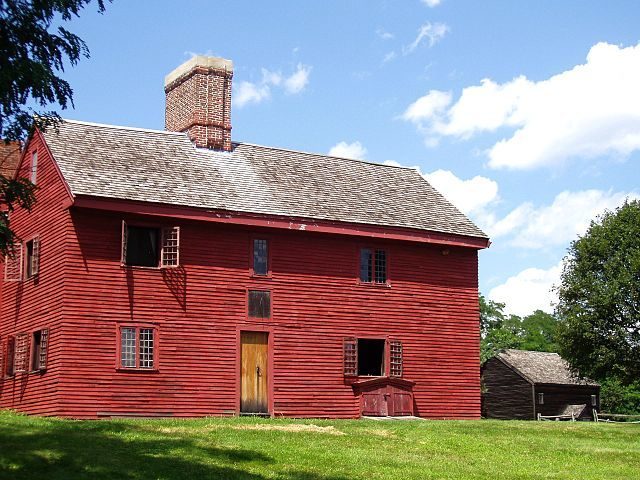
In 1992, there was a ceremony to commemorate the 300th anniversary of the trials. The remains of George Jacobs, another victim of the witch trials, were reinterred there. After Rebecca’s death, her great-grandson Francis occupied the house, marching from his home to the Battle of Lexington in the American Revolution. The Putnam family took possession of the house from 1784 onwards and owned it until 1908.
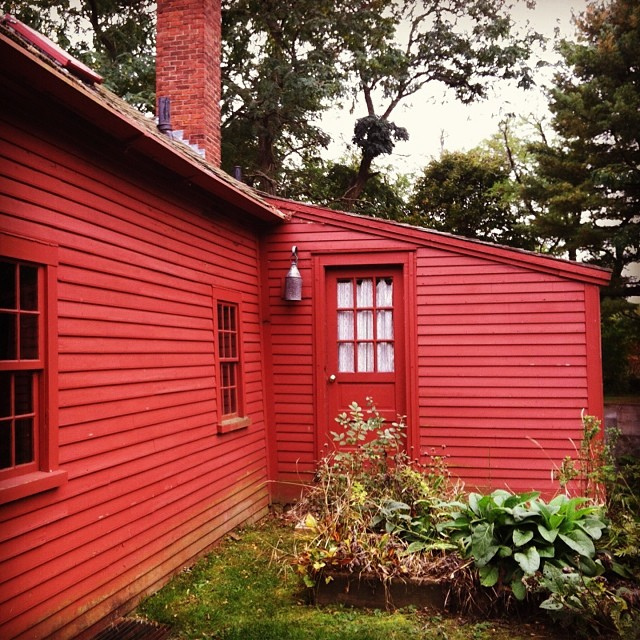
The house was restored the same year by the Rebecca Nurse Memorial Association. The Society for the Preservation of New England Antiquities took the house as a donation in 1926.
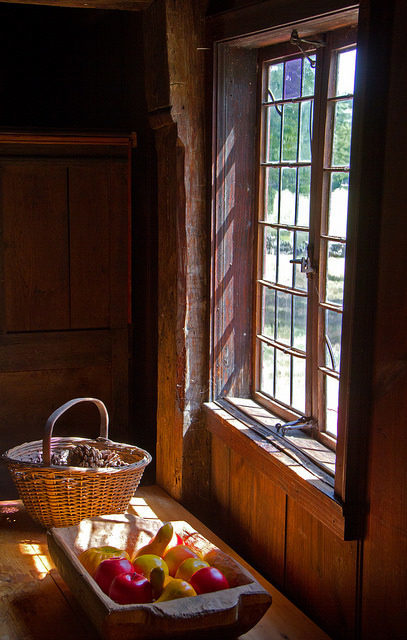
The property was transferred to the Danvers Alarm List Company in the year 1981.
Related story from us: The Lizzie Borden case: Interest surges again in the shocking 1892 axe murder
Today, the company is still in possession of the property, and during the warmer months is open to visitors. The property is linked to Historic New England.
